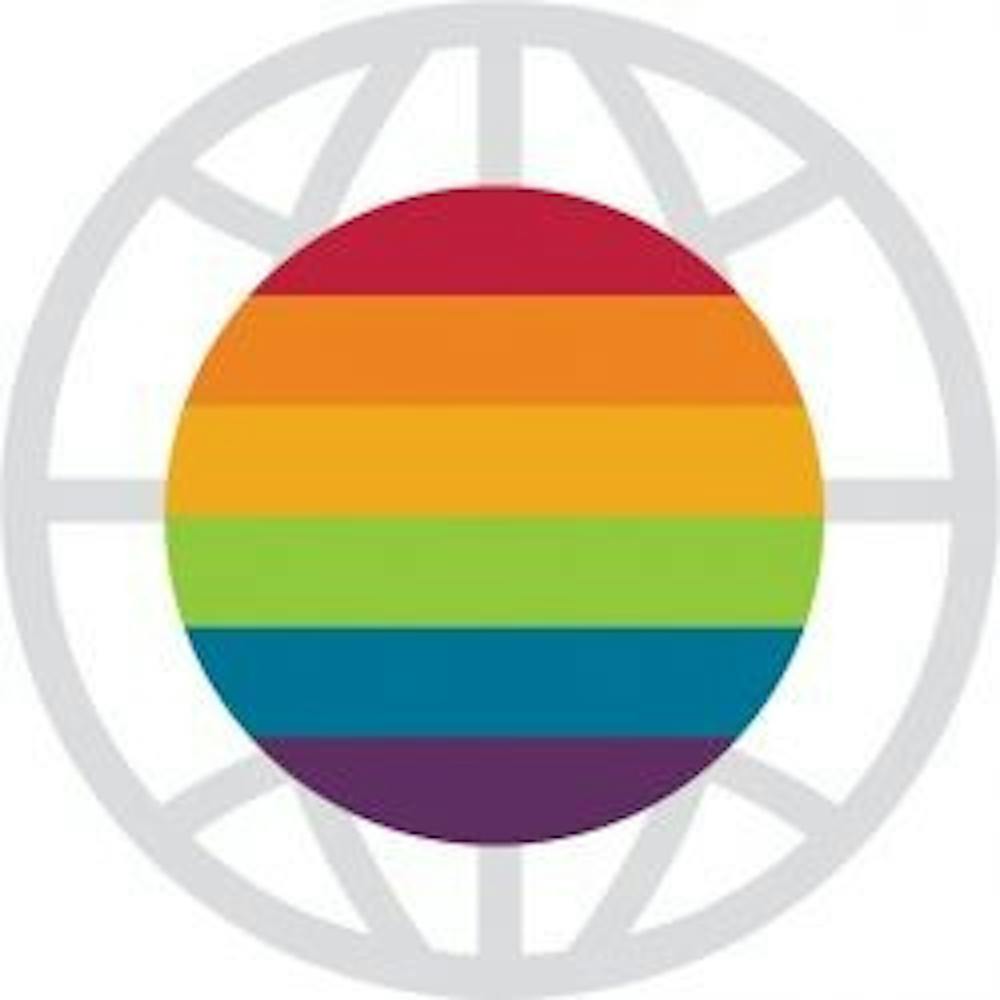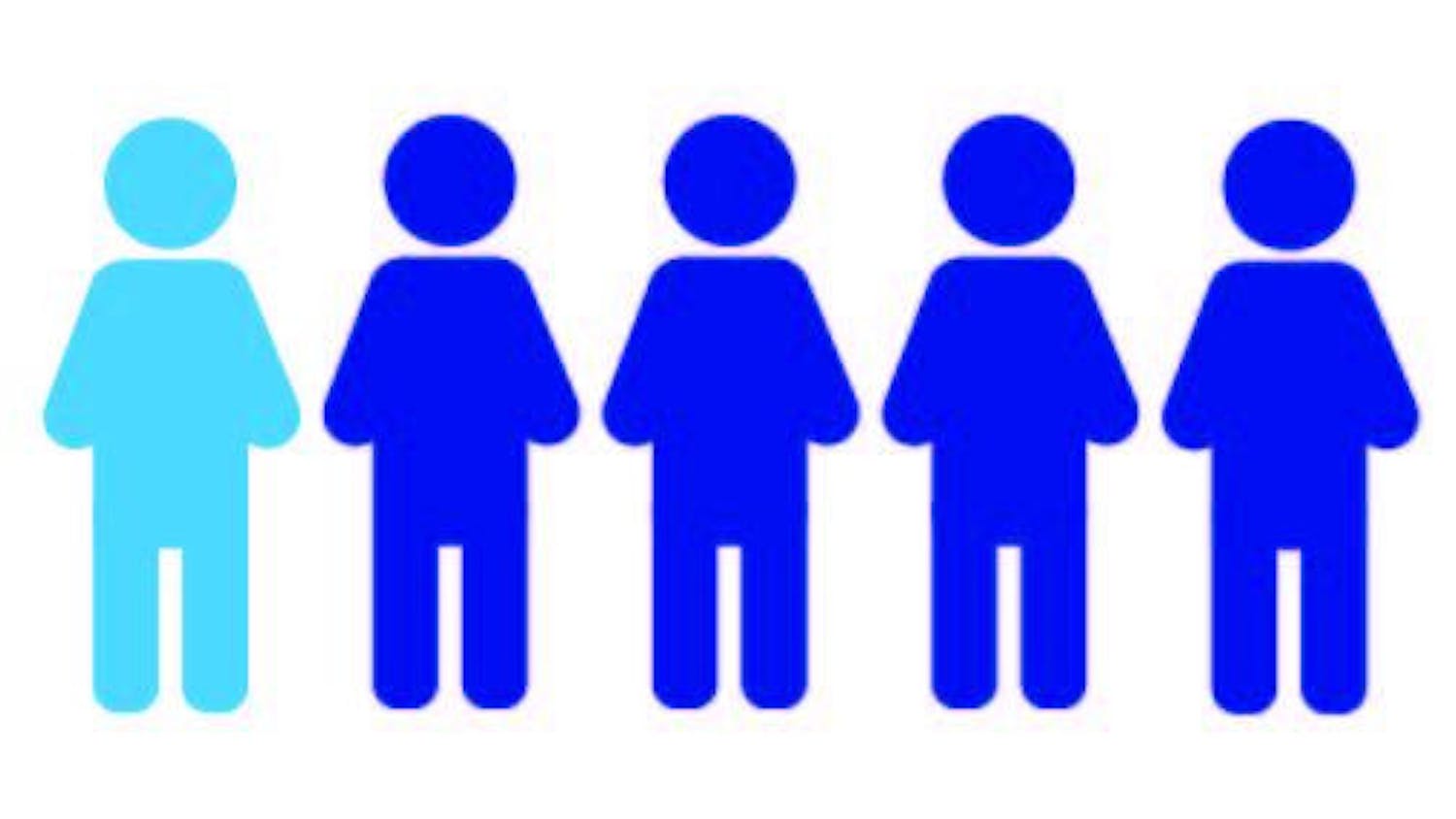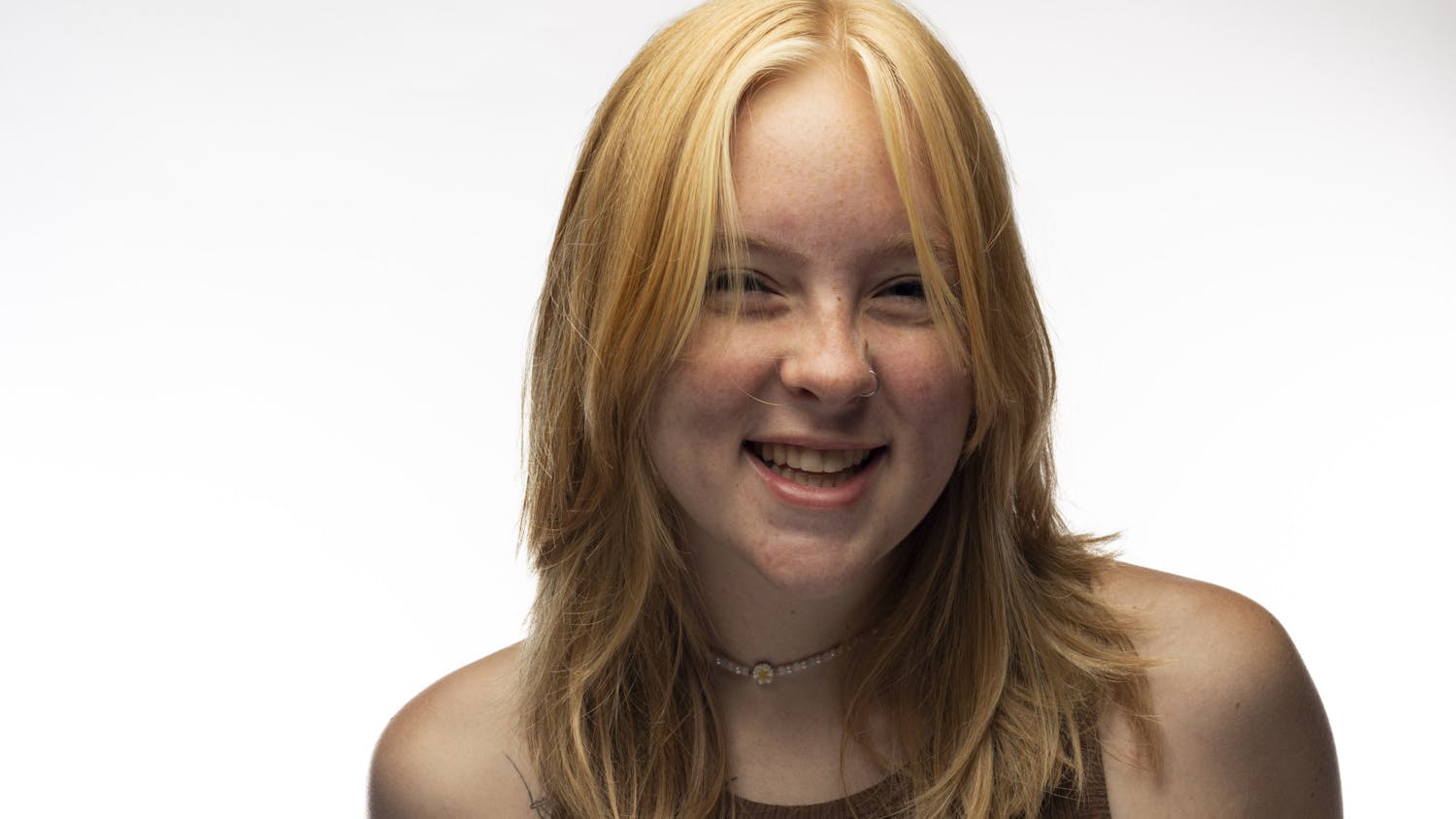We have a tendency to separate social movements. The LGBT movement, the black rights movement and the women’s movement are the three that we treat as three separate movements that impact three different populations. This simplification erases many people from all of these movements and ignores the unifying concept that all of our oppressions are connected. We see this simply in the existence of black queer disabled immigrant trans women or Afro-Latinx nonbinary poor people. We carry many identities and they are not separate.
One example of this separation is the way the Harlem Renaissance is considered a black cultural-era and not a queer cultural-era. The Harlem Renaissance is considered a black cultural movement in the 1920s as a result of the Great Migration. Black people moved from the south to the north in large numbers resulting in Harlem becoming a black cultural mecca. The problem is that many of the artist that we celebrate in the Harlem Renaissance are black and queer. Artist like Langston Hughes, Josephine Baker and Richard Bruce Nugent were some popular artists during that time and they were either openly gay or sexually ambiguous. Artists openly talked about their same sex relations.
Why is it that we consider the Harlem Renaissance a black cultural era and not a queer cultural era? Whitewashing is the answer. The Harlem renaissance is just a black as it is queer. People who have invested in the LGBT movement, in LGBT issues, and rights should begin to include the Harlem Renaissance in their movement. We should stop holding up white queer people as the sole people important in the movement. We should stop focusing on issues that affect mostly queer white middle to upper class cis men. The LGBT movement holds up white people that speak on queer issues as leaders and it ignores queer people of color who are out, open, and advocating. The absence of conversations on racism within the movement contribute to the erasure of the Harlem Renaissance as a queer cultural movement.
A.B. Christa Schwarz wrote the book Gay Voices of the Harlem Renaissance, that speaks on the life of Countee Cullen, Claude McKay, Richard Bruce Nugent, and Langston Hughes as not just popular black voices but popular black gay voices. Anthony Mackie stars in the film Brother to Brother which looks at the Harlem Renaissance through the perspective of a fictional black artist struggling with his sexuality. A 1983 essay T’Aint Nobody’s Bizness: Homosexuality in 1920’s Harlem by Eric Garber. There are many more resources to add some color, some disability, some poverty, and some intersectionality to the LGBT movement, the women’s movement, and the black rights movement. We need to shift our focus from only acknowledging leaders in our movements that reflect only cis, middle to upper class, white, male, identities. The LGBT movement and the queer movement is about subverting the norm and keeping the movement whitewashed is not doing that.
Have questions? We have answers! Send your questions via email to lgbt@ohio.edu and/or oulgbtcenter@gmail.com; via Tumblr (oulgbtcenter); via Twitter to@oulgbtcenter with hashtag #qaqueer; or post/message to Facebook (oulgbtcenter). So bring it on, do it to it and query a queer.






